Cinema Ritrovato Young - Premio per il miglior documentario

Edition 2019 |

For more than half a century, Jean Gabin’s clear-eyed charm mesmerised audiences. He was the epitome of the French movie star. Indeed, the tragic rebel he personified during the first part of his career made him a precursor to James Dean, the embodiment of a new, more sensitive type of man. But after the war, he started portraying a very different type of character. This selection covers both periods, even if it leaves out some of the masterpieces which have been shown at previous editions of this festival. Here, the focus is on some of Gabin’s lesser known but great films, teaming him with stars like Brigitte Bardot and Simone Signoret.
Curated by Edouard Waintrop
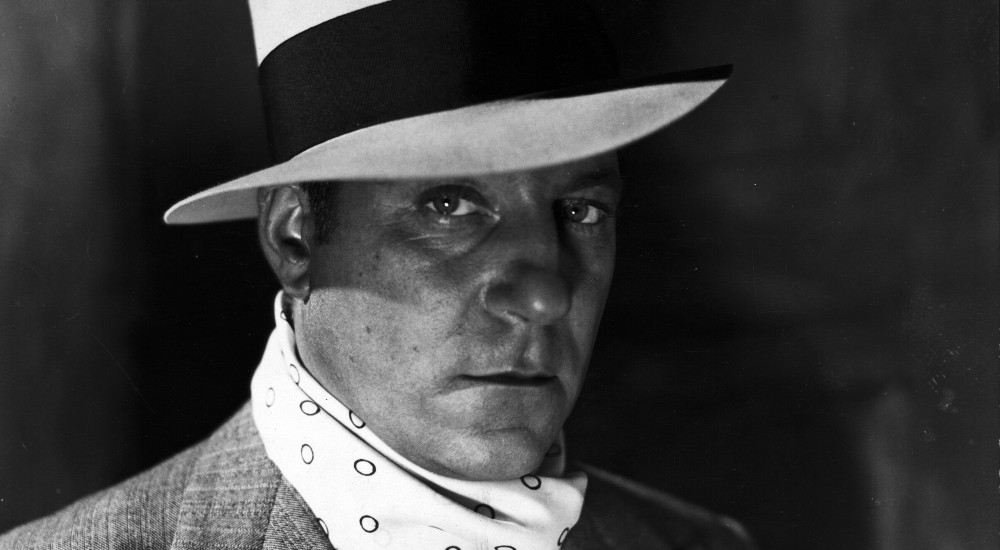
Henry King’s career encompassed all of the major technical developments from the silent era to Cinemascope. One of Hollywood’s most enduring filmmakers, he made 116 films across all genres between 1915 and 1962. King’s style was invisible and economical, whether realising a work of Americana, or a lavish historical drama. Nostalgic and religious, his films are blessed with vitality in each and every shot. They feature some of cinema’s greatest stars, often in their best performances. This retrospective focuses on King’s sound period, but the programme also includes one classic and one rarity from his silent years.
Curated by Ehsan Khoshbakht

Even though he was born into the movie business, Felix E. Feist was always an outlier. It was in 1947 that he suddenly found his niche in the wave of noir that swept over Hollywood. These brisk, low-budget crime thrillers provided him with the template to create a crop of films spiked with verve and violence. He was particularly adept at presenting desperate characters in confined spaces, as seen in The Devil Thumbs a Ride (1947) and The Threat (1949), the former to be premiered in a new restoration.
Curated by Eddie Muller

This year we have introduced a new section devoted to a very important medium: small-gauge filmmaking and the beloved 16mm format. Film history would look completely different without the possibility of filmmakers using these cheaper formats. Our goal is to project these films in their original format, an experience which has become more and more off-track in recent years. Our first selection of films is intentionally broad and includes film from the 1930s until the 2000s. Prepare yourself for the
pleasure of hearing the rattling sound of a 16mm projector in the theatre!
Curated by Mariann Lewinsky, Sarah Neely and Karl Wratschko
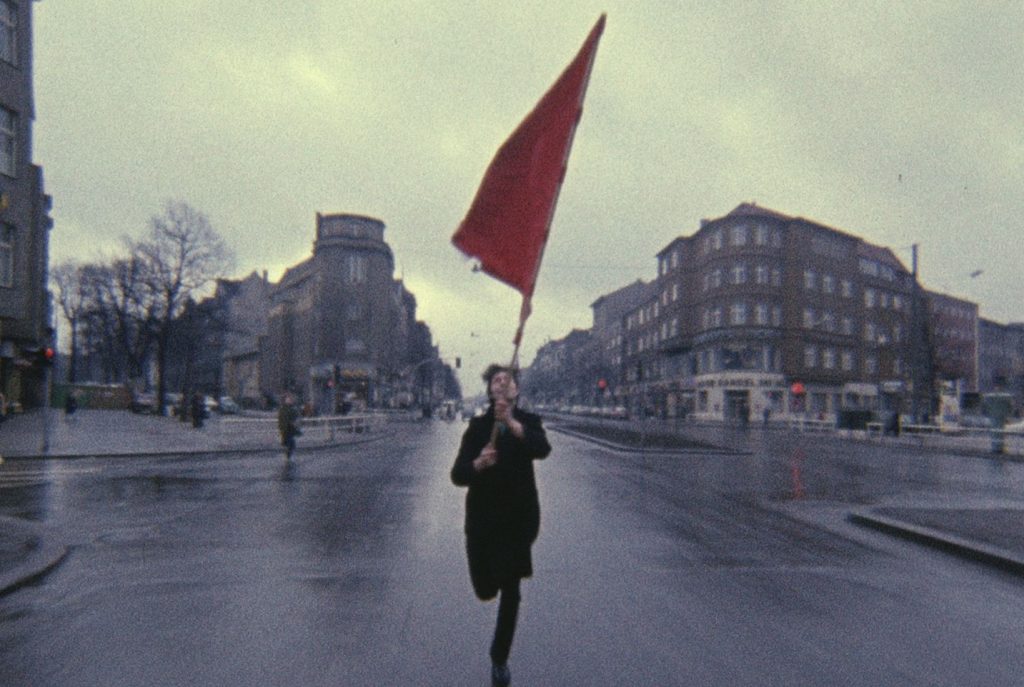
In 1935, with the arrival of Becky Sharp, the first feature-length Technicolor film, colour instantly became a new, richly nuanced means of expression. By screening a meticulously restored version of the film, plus some other Hollywood masterpieces in vintage Technicolor prints – mostly coming from the Academy Film Archive – we will rediscover that sense of surprise. We would also explore Chronocrome Gaumont colour system (perhaps the most beautiful in film history) in new sparkling digital restorations. Ingrid Bergman, Joseph Cotten, Leslie Caron, Cary Grant, Sean Connery, William Holden, Ursula Andress, and many others await you in shining colours!
Curated by Gian Luca Farinelli

An ongoing strand of the festival, Cinemalibero has been screening films and showcasing new restorations that are not otherwise easily detected on the radar of cinephilia. This year it will celebrate the 50th anniversary of FESPACO, the Panafrican Film and Television Festival of Ouagadougou in Burkina Faso, dubbed the ‘capital of African cinema’. Created in 1969, FESPACO has become one of the most culturally relevant and unifying events in Africa as well as the place where cinema grew to be a powerful means of expression and consciousness-raising. Eleven films, eight brand new restorations to shed light on Africa’s film heritage through all its latitudes.
Curated by Cecilia Cenciarelli
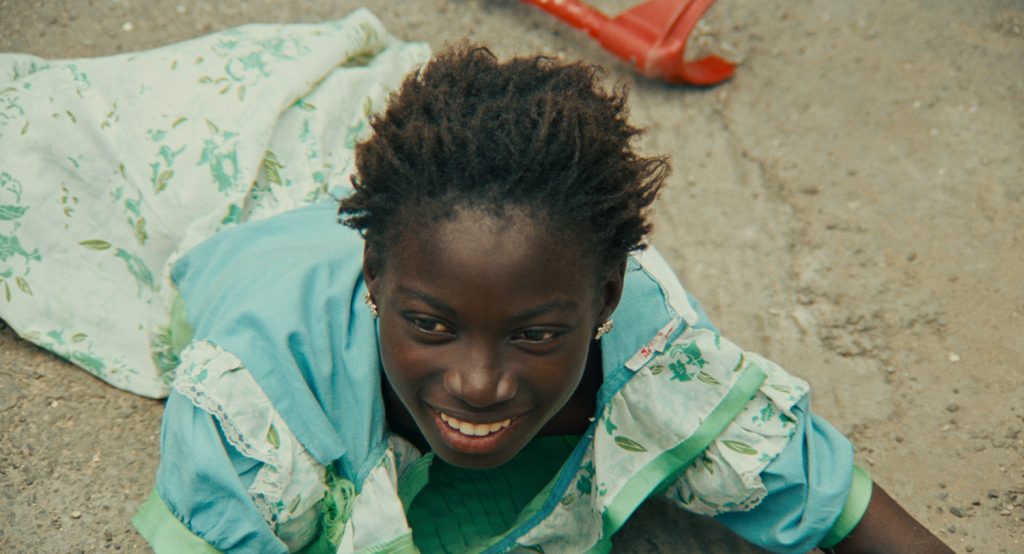
Youssef Chahine was a true man of the movies, having done almost every job in the business: directing, producing, acting, editing and singing! He also tried every genre and liked to combine them. The forty films he made tell the story of 20th century Egypt. Yet his culture was global and his films spoke to the world. He put Egypt on the map of world cinema and to his dying day remained an ardent opponent of dictatorship, fanaticism and populism. He was lucid, but he never allowed his lucidity to undermine a thoroughly cheerful and contagious optimism. We celebrate this Arab cinema’s greatest with six of his early films.
Curated by Tewfik Hakem in collaboration with the Cinémathèque française and the Association Youssef Chahine

Schermi e Lavagne, the Education Department of the Cineteca, has prepared a special programme for little film-lovers: each afternoon children can discover big and small masterpieces of film history. Among this year’s guests is the Danish animator and illustrator Jannik Hastrup, creator of the adventures of Cirkeline (1967-70), a beloved character that appeared in books, short films, features and television series. We celebrate the 50th anniversary of moon-landing in a series of screenings. Other programmes include a special series about fairy tales for viewers aged 3 and above; a selection of restored Polish short films for children from Filmoteka Narodowa; early films with live music and short films made by young animators at the Centro Sperimentale di Cinematografia of Turin. After each screening, kids can participate in workshops or games inspired by the afternoon’s selected movies.
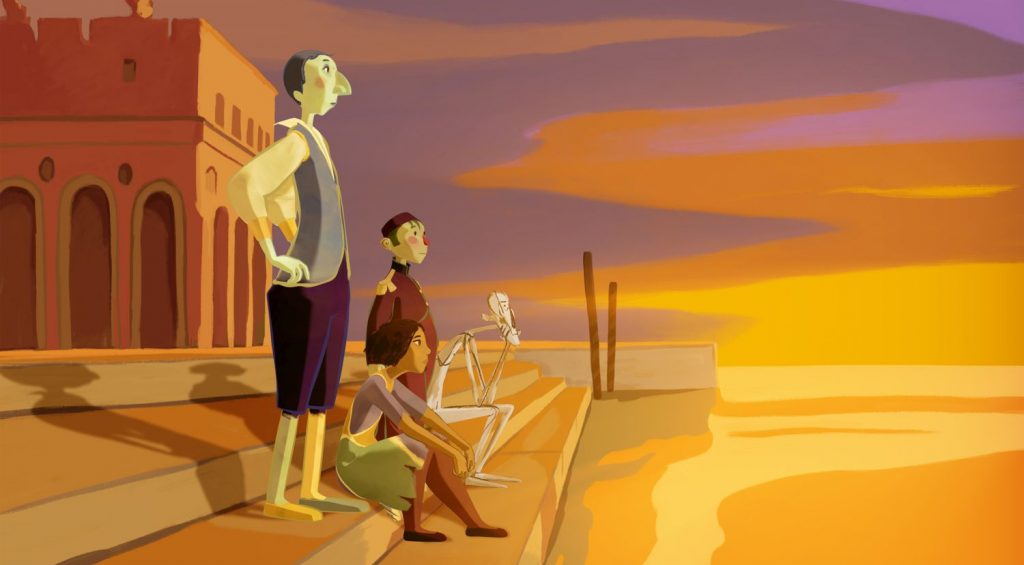
The best of the new restorations (both digital and analogue) and discoveries from around the world. In this, one of the most popular strands of the festivals, you’ll see the results of years of hard work by film archives and restoration facilities who are dedicated to reviving masterpieces of the cinema. The festival provides the ideal circumstances for guests to discover, or rediscover, great films, presented in the best available copies – which many of these films have been deprived of for decades. Even if you have seen Jean Renoir’s Toni or George Marshall’s Destry Rides Again before, it will feel like you are seeing them for the first time. And if you haven’t seen them before, we are envious of you for this will be a first screening you won’t soon forget.
Curated by Gian Luca Farinelli

Eduardo De Filippo was one of the great figures of twentieth-century theatre, and not just in Italy. He had an enormous impact on the depiction of the family and Italian society. His work as a film director is not nearly as well known. And yet his film and television work contains hidden gems, produced during crucial phases of his theatre career. Eduardo’s cinema, although closely connected to his theatre, is a surprising, original example of Italian artistic culture to be revisited. Adaptations like Napoli milionaria or original works like the two episodes of Marito e moglie and Napoletani a Milano are worthy of being considered Italian classics of the 50s. De Filippo also brought his innovative vision to TV, restaging his plays (or creating new ones), deftly combining experimentation with popular taste.
Curated by Emiliano Morreale, in collaboration with Università degli Studi di Napoli Federico II

Our section devoted to films on cinema and recent and classic documentaries, including portraits of the filmmakers and stars of this year’s retrospectives, such as Henry King, Musidora and Jean Gabin, plus tributes to Gideon Bachmann and Cecilia Mangini. There will be some rediscovered classics about WWII such as Crisis and Memphis Belle; documentaries on Czech and Afghan cinemas; A Bigger Splash about David Hockney; and the last testimony of one of the greatest filmmakers, Varda par Agnès.
Curated by Gian Luca Farinelli

If there are key revolutionary years of the 20th century, 1919 was surely one of them. The tumultuous events of that year will be explored in this programme. As far as fiction cinema is concerned, one thing is certain: German film production was at full speed in 1919 of which you’ll see some splendid examples. Other highlights include Back to God’s Country, with the wonderful actress and screenwriter Nell Shipman, adolescence drama Historien om en gut and animated advertisements from 1919. Last but not least, there will be films by well-known masters like Capellani, Dreyer and Stiller, always worthy of reacquaintance.
Curated by Mariann Lewinsky and Karl Wratschko
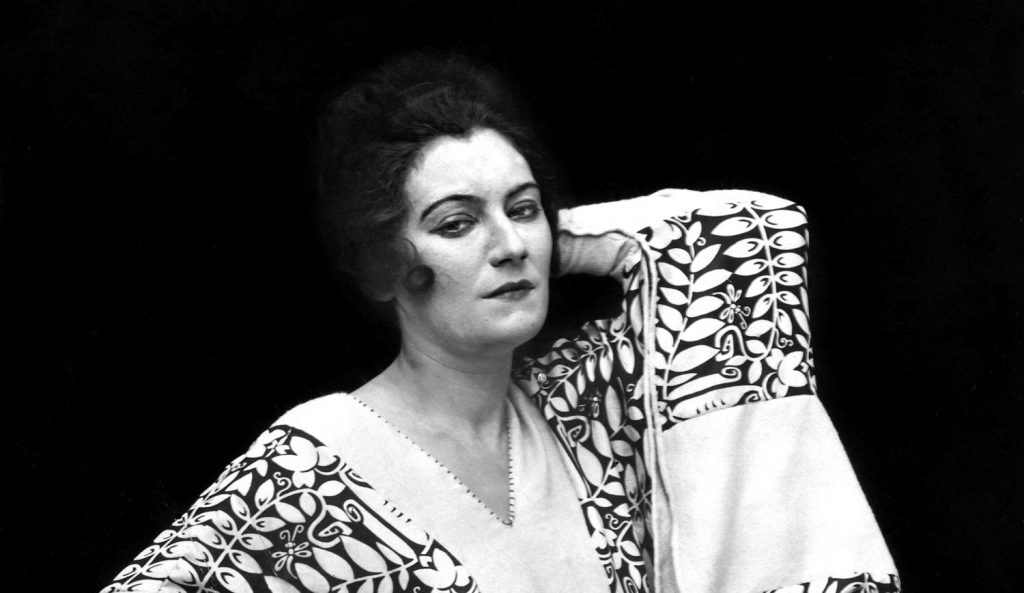
In 1899 cinematography recorded snippets of one of the world’s most pivotal events: the Dreyfus Affair, colonialist crimes and the fashionable hat of Countess Greffulhe! If you are into film history, these are the monuments of 19th century cinematography. If you seek glimpses of times long past, to be able to see in living pictures moments from 120 years ago amounts to a mystical experience.
Curated by Mariann Lewinsky

Musidora, a superstar of French silent cinema who played Irma Vep in an early mystery serial? Yes, but not only that. The Musidora we want to bring back is a woman of many dimensions, knowing that we can hardly do her justice. There is Musidora the film director, writer, poet, stage actress, visual artist and film historian. They are all different shades of one mystical figure; a seductive silhouette that the surrealists raved about a hundred years ago. Scheduled among her most important works is Pour Don Carlos, restoration in progress, a séance de fantasmagorie and small but spectacular exhibition.
Curated by Emilie Cauquy and Mariann Lewinsky
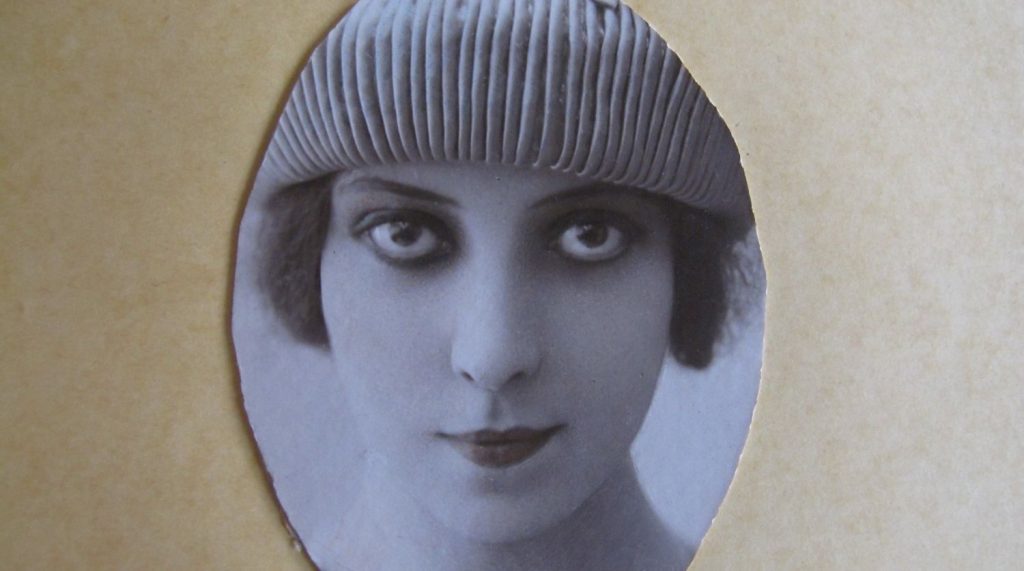
Following the capitulation on 8th May 1945, Germany became an occupied territory devoid of proper nationhood, and it needed a future. From 1945 to 1948 the American-British -French zone slowly fused into an administrative unity called the Trizone, which became the basis for the Federal Republic of Germany. We Are the Natives of Trizonia (named after a Cologne carnival song) will look at this fragile construct’s film production – which in 1956, the magazine “Das Schönste” retrospectively called “the avant-garde days of post-war German cinema.” An apt description, for it would take a long time until films as formally inventive, daring and unflinching as the films presented here were made in the FRG.
Curated by Olaf Möller
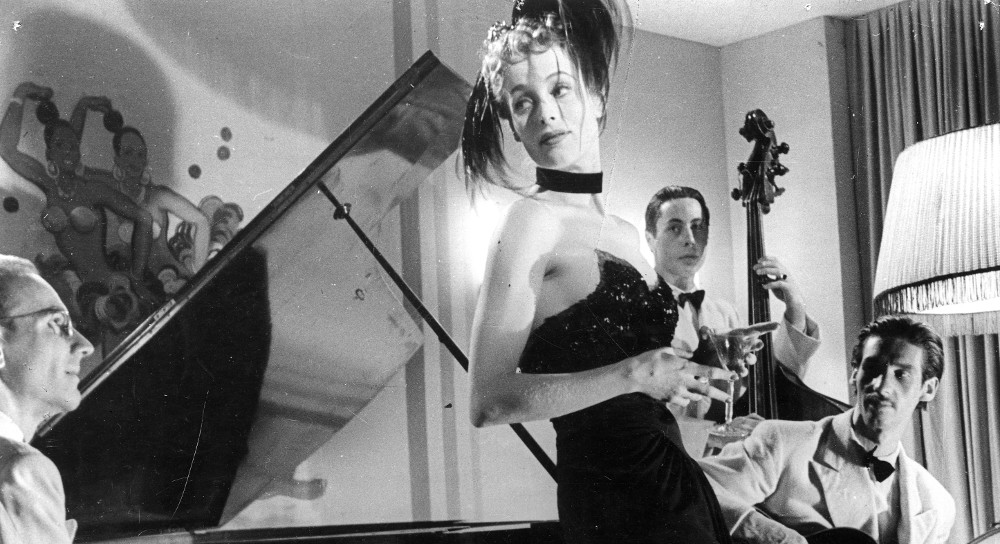
A rare opportunity to discover key works from the renaissance of one of the most influential East Asian cinemas. It was during the 60s that Korea’s first auteur-directors cut their teeth and produced works that were both hugely popular and artistically daring. For a short period, state censorship was relaxed, and this, combined with a strict limit imposed on imported films, resulted in a boom in domestic film production, encouraging Korean filmmakers to meet the demands of the home market. In the process, they changed the course of Korean cinema forever. This season maps the aesthetic, technological and political developments that shaped that movement.
Curated by Hyun Jin Cho and Minhwa Jung, in collaboration with the Korean Film Archive and the support of the Istituto Culturale Coreano

Long before making his unforgettable and unique feature films, this co-founder of Cinémathèque française had discovered that “the strange is only what is familiar, seen suddenly in a new light.” Each of Franju’s short films presented here is based on this premise. He enquires into the modern world and it is there that he finds fear and horror. His films speak of science and of death, of destroying the past and the planet, of the wonder of magic, tragedy, and dreams. “I am,” he said, “a realist and therefore a surrealist.”
Curated by Bernard Eisenschitz
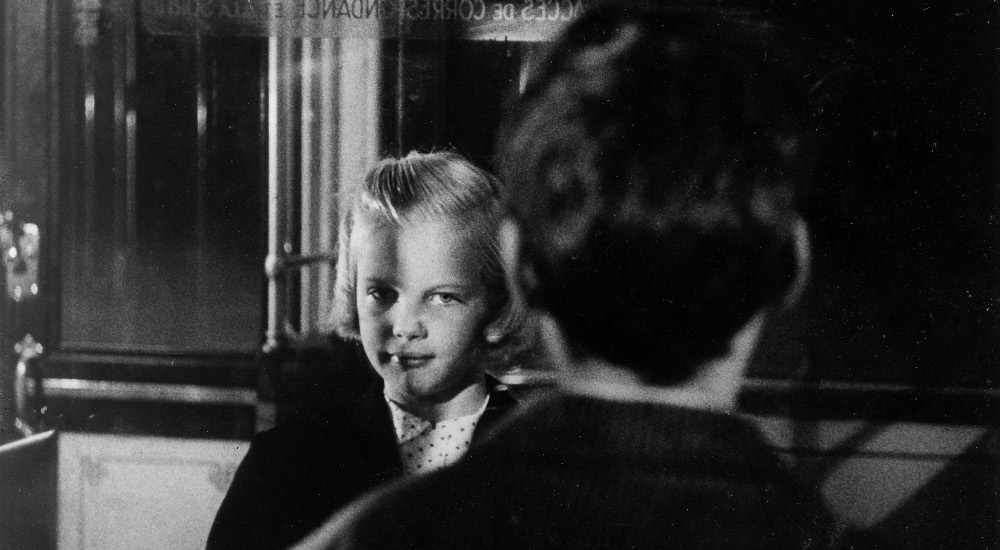
Buster Keaton and Charlie Chaplin will be lighting up the big screen in Piazza Maggiore in two cine-concerts at the upcoming festival. Released in 1928 within a few months of each other, The Cameraman and The Circus are the perfect expression of silent film’s last season and of an art that reached the height of its artistic power right before succumbing to the revolution of sound.
Tuesday 25 June will be the night of The Cameraman, perhaps the last of the Keatonian wonders and a brilliant depiction of the relationship between cinema and reality and of the fragility of the artist. A newly restored version of the film will be presented with a live performance by the Orchestra del Teatro Comunale di Bologna of an original score composed by Timothy Brock, who will also be conducting.
On Thursday 27 June the whirlwind, tightrope-walking genius of Charlie Chaplin will light up the screen with The Circus, an amazing demonstration of a confident filmmaker using his creative powers to make a comedy about being funny, unintentionally. The dazzling new restored version will be accompanied by Chaplin’s original score, meticulously reconstructed by Timothy Brock using archive materials and also performed by the Orchestra del Teatro Comunale di Bologna.
Carbon arc projector screenings return to Piazzetta Pasolini re-creating the light and ambience of vintage films. One evening will be devoted to the legendary Musidora, with a ‘Ledecky print’ of Soleil et ombre and live music by Gabriel Thibaudeau. In honour of Enno Patalas (1929–2018) we will screen a masterpiece of silent cinema, Lupu Pick’s Sylvester, using a print from the National Film Archive of Japan’s Komiya Collection with live music by Frank Bockius. The third evening is dedicated to a programme entitled Short, Coloured, Criminal.

Our evening screenings in Piazza Maggiore have become the stuff of legend, with thousands of eyes transfixed on a gigantic screen, surrounded by majestic architecture and boundless love for the cinema. Buster Keaton and Charlie Chaplin will be lighting up the big screen in Piazza Maggiore in two cine-concerts. Released in 1928 within a few months of each other, The Cameraman and The Circus are the perfect expression of silent film’s last season and of an art that reached the height of its artistic power right before succumbing to the revolution of sound. Both films will be presented with a live performance by the Orchestra del Teatro Comunale di Bologna conducted by Timothy Brock. There are many masterpieces selected for Piazza this year, including Miracle in Milan, Easy Rider and Luis Buñuel’s harrowing Mexican masterpiece Los olvidados (The Young and the Damned). Other hypnotic cinematic journeys will take you through Rome (Fellini’s Roma) and into the heart of darkness (Francis Ford Coppola’s new version of Apocalypse Now). These will be screened in the Piazza, along with some other absolute classics of the canon. We will welcome some exquisite guests, who have been closely involved with making or restoring these films, introducing their gems for us.
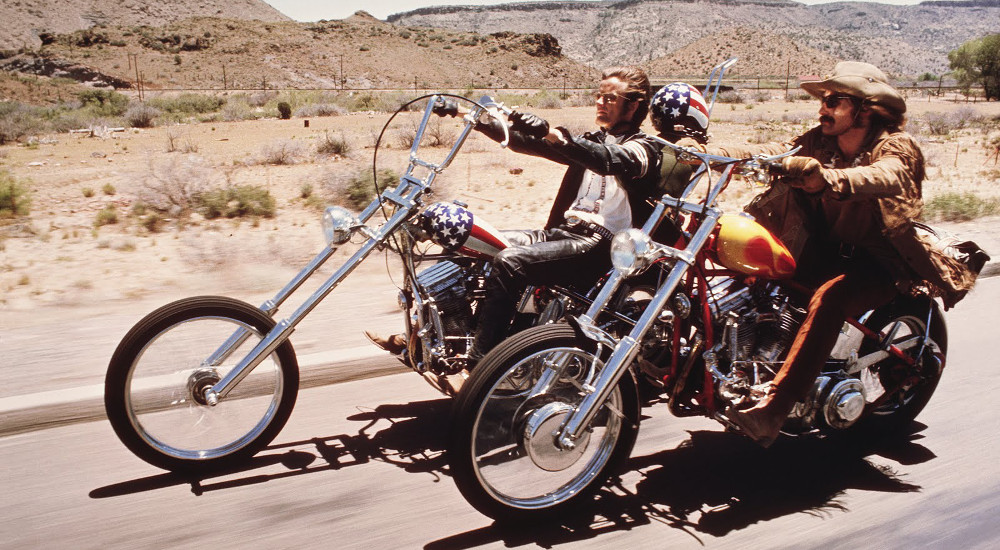
“Freed from tradition, our eyes have been rejuvenated in the youthful and restrained world of Buster,” wrote Luis Buñuel about Keaton in 1927, admiring the comedy genius as “a great specialist against sentimental infection of all kinds.” Following our annual tradition, Il Cinema Ritrovato will administer three doses (plus a strong, fourth one in Piazza Maggiore) of excellent Keaton remedy against melancholy, anxiety and exhaustion. Created in 2015, The Keaton Project is jointly promoted and supported by Cineteca di Bologna and Cohen Film Collection.
Curated by Cecilia Cenciarelli
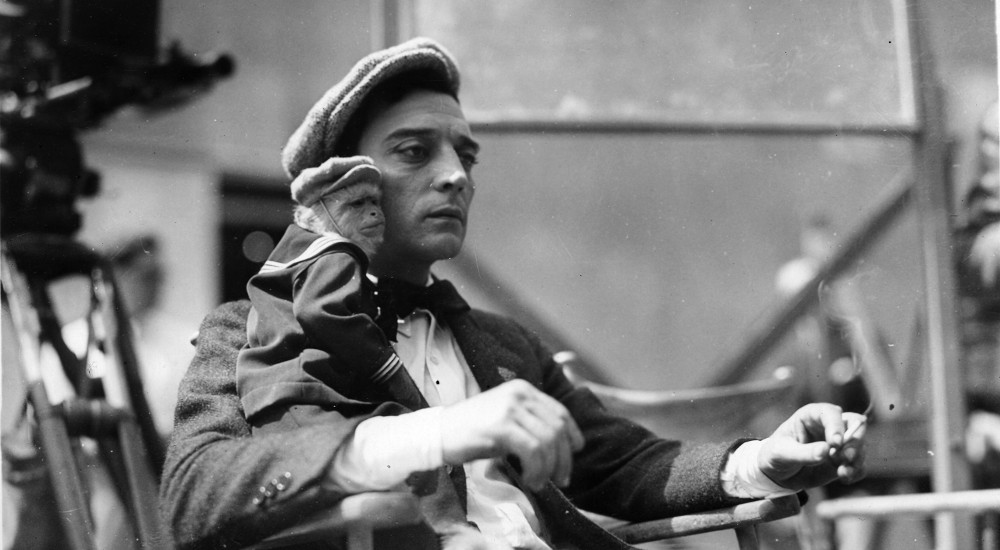
During its twenty years of existence, the Fox Film Corporation became home to the most dazzling line-up of directorial talent in the studio era. As silent film transitioned into sound, the Fox directors included Frank Borzage, Allan Dwan, John Ford, Howard Hawks, William K. Howard, Henry King, William Cameron Menzies, F.W. Murnau, Alfred Santell, Raoul Walsh and many other significant filmmakers. This programme continues last year’s examination of this fiercely creative period with seven new digital restorations, generously funded by 20th Century Fox, of rare Fox films in the collection of the Museum of Modern Art. Highlights include magnificent new editions of silent masterworks by Ford and Borzage; vivid demonstrations of Fox’s pioneering sound-on-film technology, Movietone; a revolutionary gangster film starring a young Spencer Tracy; and a raucous gender-bending comedy set in ancient Greece.
Curated by Dave Kehr
